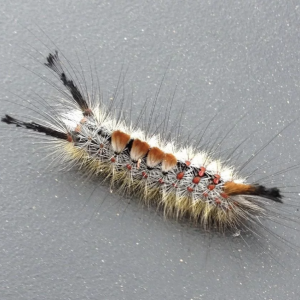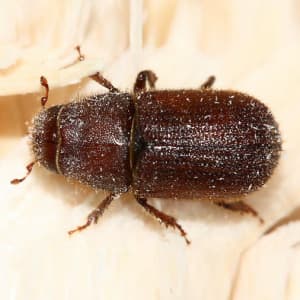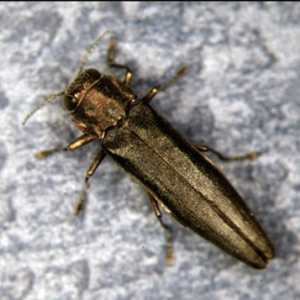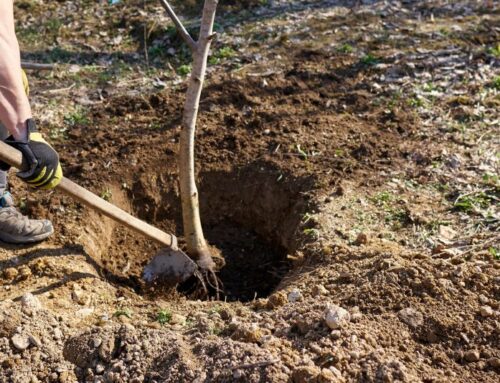Why do most bugs come out in the Spring?
Much like us, they come out for good food and good weather. The trees are in bloom, the leaves look delicious, and there are longer days for more buggy activity.
Actually, most tree bugs aren’t an issue.
Only 1% of insects are harmful to urban trees. We should embrace the good bugs, with tiny insect hugs. They pollinate our flowers, can keep pest populations under control, and we need them for a healthy ecosystem.
But what about the nuisance and destructive tree bugs?
For some property owners, sticky sidewalks and beetle infestations are definitely the 1% to keep under control.
So who are some of the good tree bugs and who are the bad tree bugs?
Take a lookie below:
A Few Good Bugs
These are the tree bugs you want to keep around. They can help reduce the need for pesticides by preying on the pests.


Lady Beetles Lacewings
Lady Beetles, AKA Ladybugs, love to eat scale insects, whiteflies, mites, and aphids. They are capable of eating 5,000 aphids over its lifetime! Lacewings are known for feeding on aphids, but will also control mites and other soft-bodied insects such as caterpillars, leafhoppers, mealybugs, and whiteflies.


Damsel Bug Ground Beetles
Damsel bugs prey on aphids, leafhoppers, plant bugs, thrips, and small caterpillars. They cause no damage to plants and lay their eggs on meadow grasses. Beneficial ground beetles eat common pests like caterpillars, ants, and even other beetles. These beetles don’t fly, but will climb trees when looking for prey.
Bad Tree Bugs, BYE.
These are the ones we often aim to control, depending on the severity of the infestation. The time to treat is now, and before the Spring flush.


Aphid Tussock Moth
These are the culprits who drip all the sticky stuff on your sidewalks! Aphids are one of the most common nuisance pests on our urban trees. They don’t kill the tree, but repeated infestations can cause sooty mold and canopy dieback. Tussock moths are more of a nuisance than a threat, and is not considered a serious pest. However, when their populations are high, these leaf-eating caterpillars can literally rain down on innocent bystanders.

The Red Turpentine Beetle (RTB) is one of the most widespread bark beetle in North America. We most often find them in Monterey Pines in weakened or stressed conditions. It’s important to treat for RTB because their attacks severely weaken the tree, inviting attacks from other bark beetles species that will likely lead to tree death.

Bronze Birch Borer
The Bronze Birch Borer is a wood-boring beetle that is a serious pest for Birch trees (Betula spp.), frequently killing them. Symptoms show as dieback in the crown and increase in severity as the infestation continues. One injection application of treatment can provide 2 years of residual control.
The best way to reduce pest issues is to maintain a healthy urban forest:
- Healthy urban forests start with healthy soil and a diverse landscape.
- Healthy soils encourage healthy tree growth, which in turn can naturally fend off pests and disease.
- A diversity of tree species within a landscape encourages beneficial insects, which can help decrease pest issues.
If treatment to control is the best option, the time for preventative treatment for any spring pest is NOW, before the pests appear. If you wait for them to appear, it may be harder and more expensive to control.
Reach out to us if you need a FREE assessment of the trees on your property to properly identify any of these potential issues!
We’re here to serve!
Contact us Today





